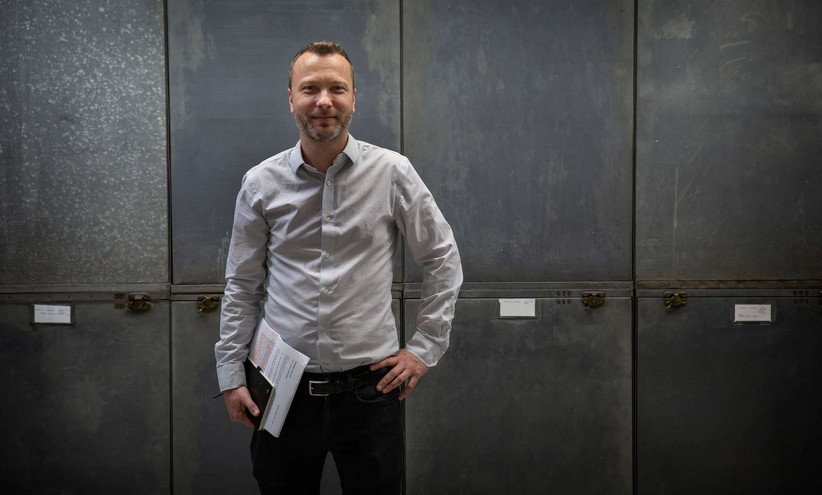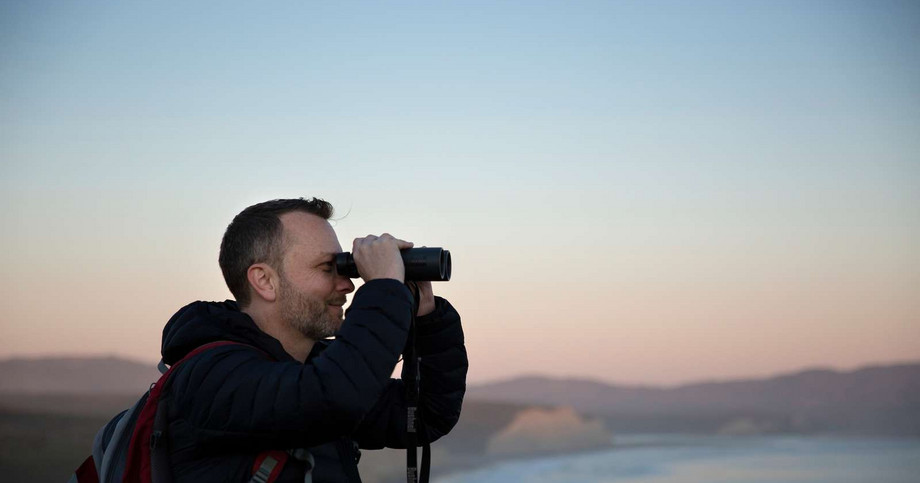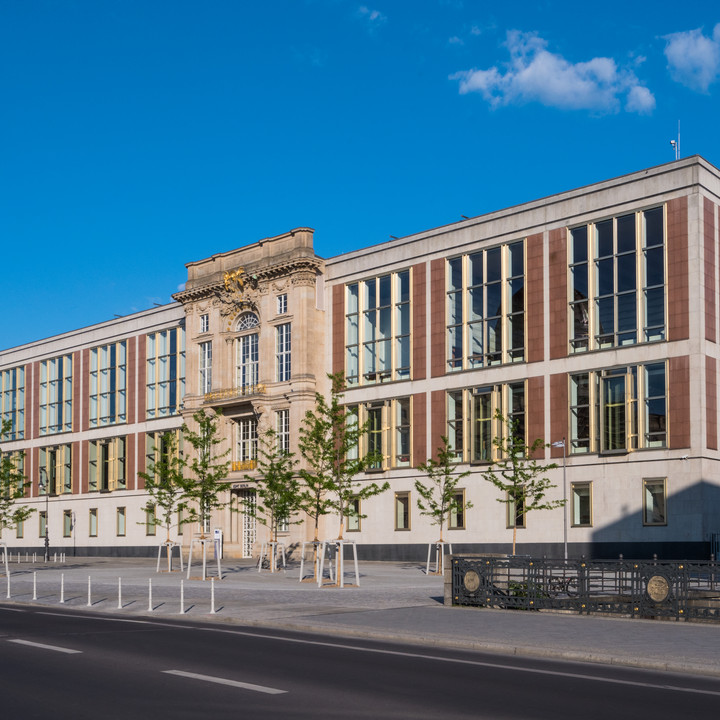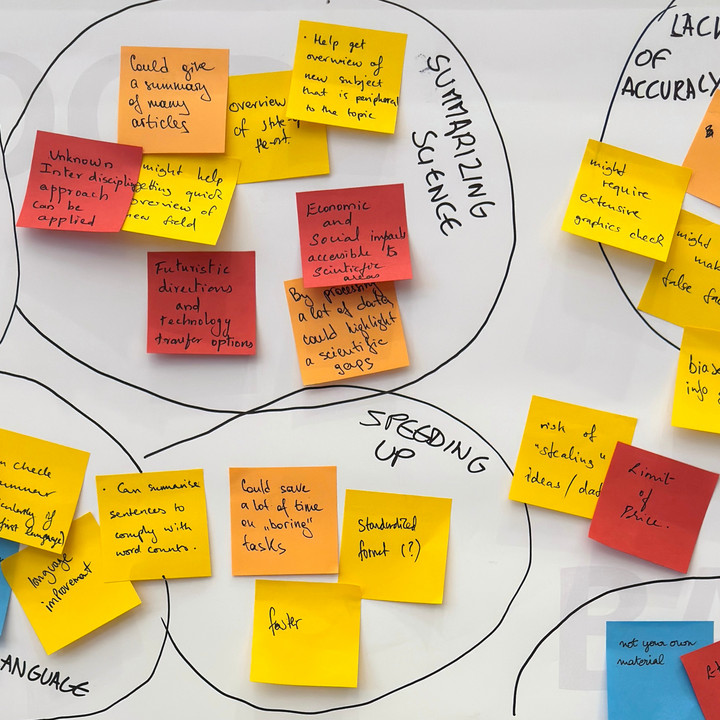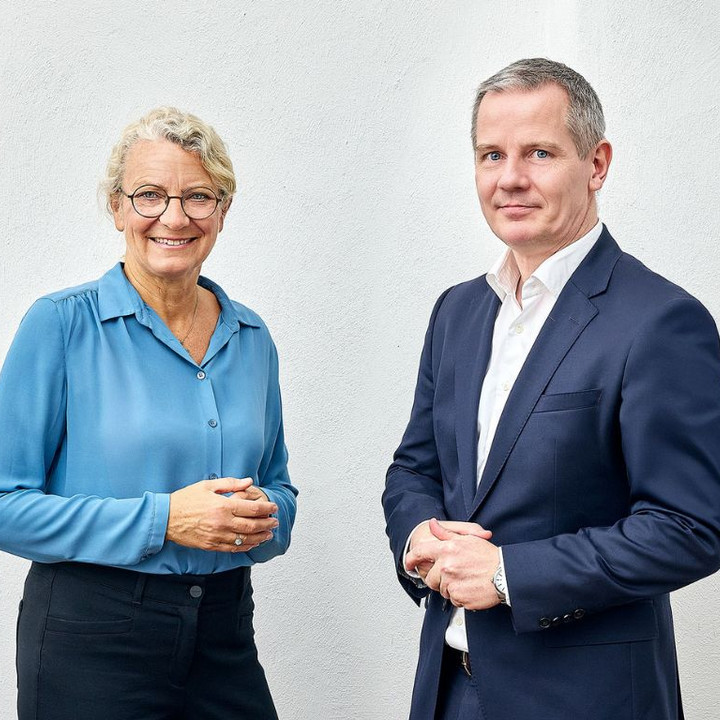The number cruncher of evolutionary biology receives this year's Annual Award
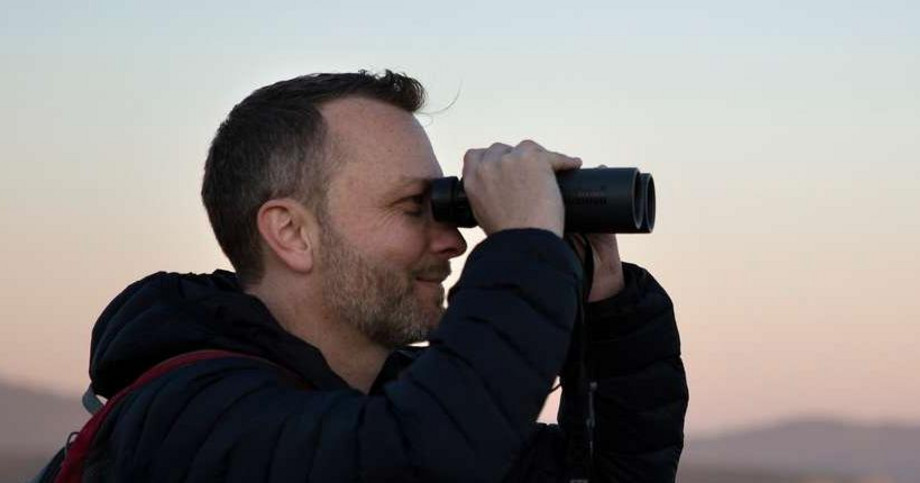
- Born in 1970, grew up in Humlebæk, Denmark, and now lives in California
- Professor and head of the Nielsen Lab in the Department of Integrative Biology at the University of California, Berkeley
- Professor at the GLOBE Institute at the University of Copenhagen
- Author of more than 200 scientific articles
- Recipient of the Danish Elite Research Prize in 2007
- Professor at Cornell (2000–2004)
"Rasmus Nielsen's research has helped us to view human evolution in an entirely new way," says Jens Kann-Rasmussen, chair of VILLUM FONDEN. "By developing cutting-edge statistical methods to investigate how human genes have changed over time, he is helping to write history within evolutionary science. VILLUM FONDEN is proud to offer him the Villum Kann Rasmussen Annual Award in recognition of his outstanding research."
The Award is made annually on the anniversary of the birth of the late Villum Kann Rasmussen (1909–93) on 23 January.
Vestiges of mating
The statistical methods developed by Rasmus Nielsen have been used to uncover the fact that the human genome contains DNA from Neanderthal and other human-like species. These vestiges of mating in the past have changed our evolutionary history:
"We humans and our various ancestors have exchanged DNA. And this is not something unique to us; the same is seen in many animal species. It is probably the most important finding we have made in my time. It has fundamentally changed evolutionary biology. Our evolution should not be drawn as a tree with branches, but as a network.”
Through the exchange of DNA, humanity has inherited adaptations that developed in closely related human species. And Rasmus Nielsen's research indicates that this may have been crucial to the spread and survival of humanity.
The diversity of nature
As an evolutionary biologist, Rasmus Nielsen works at the interface between biology, statistics, mathematics and computer science. The computer is his tool and nature his fuel:
"The diversity of nature is fascinating, and I've always had a – perhaps slightly childish – curiosity to understand it and the riddle of the universe. Where does all the biodiversity we see around us come from? And when you're not religious, well, you have to become an evolutionary biologist."
Rasmus Nielsen develops statistical models, calculation methods and programs that can handle genome data. He gets data from researchers who map DNA and whole genomes from living humans and animals or from ancient skeletons found all over the world. However, his own research is carried out at his desk.
He juggles huge amounts of data. In principle, every single mutation in one of our three billion DNA building blocks counts. By collecting genomes from many individuals, the models allow you to trace our evolutionary history in detail.
For example, the genome can tell a story of large-scale migrations, of meetings with other human species and of population growth and decline. Mutations show how we have adapted to our habitats and living conditions, and it is even possible to see when they originated – and sometimes who they originate from.
Watch a video portrait here
Rewriting the history of evolution
Genomes know no borders, and professor Rasmus Nielsen's research is transcontinental in scope. He has built the statistical models behind many of the biggest research results in evolutionary biology. And as a researcher, he builds bridges both to our past and from Denmark to the rest of the world. He is a professor at the University of California, Berkeley, where he heads the Nielsen Lab in the Department of Integrative Biology. At the same time, he has kept his close connection to Danish research and the University of Copenhagen.
Rasmus Nielsen is receiving the Villum Kann Rasmussen Annual Award of DKK 5 million for his significant contribution to science and technology. His research is carried out in collaboration with the world’s leading researchers in the US and in Denmark. Rasmus Nielsen is the author of more than 200 scientific articles, and he is one of the most widely cited Danish researchers.
